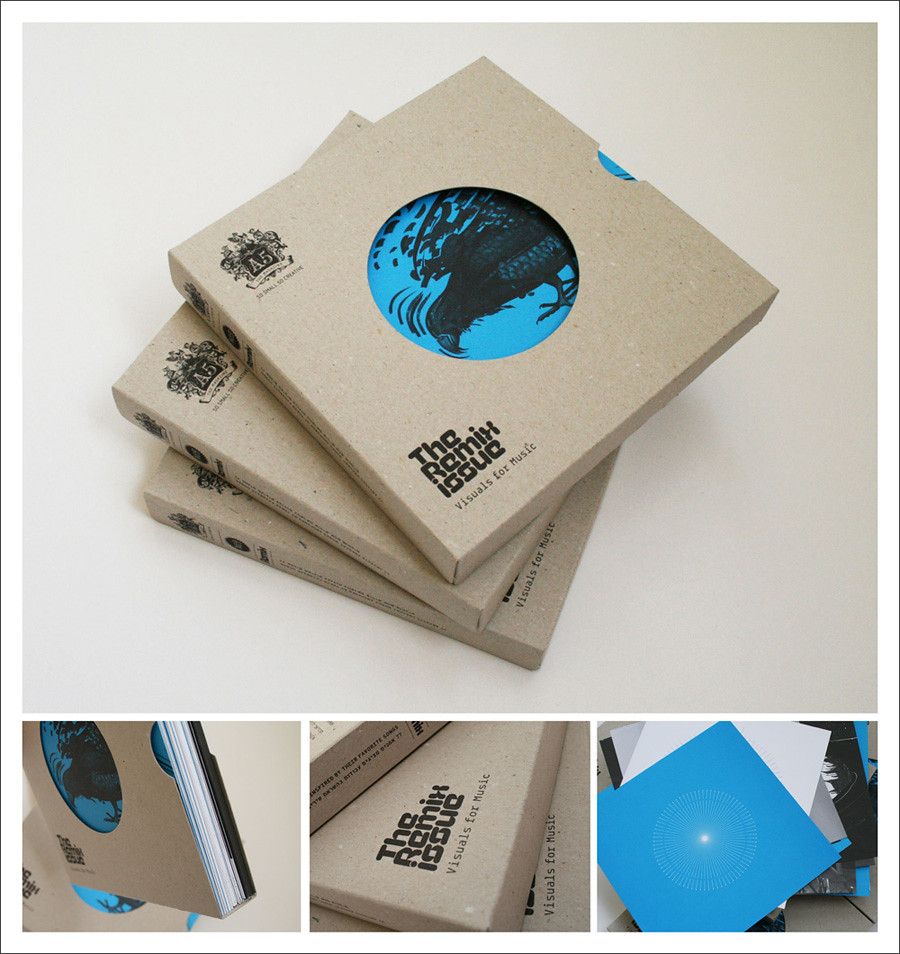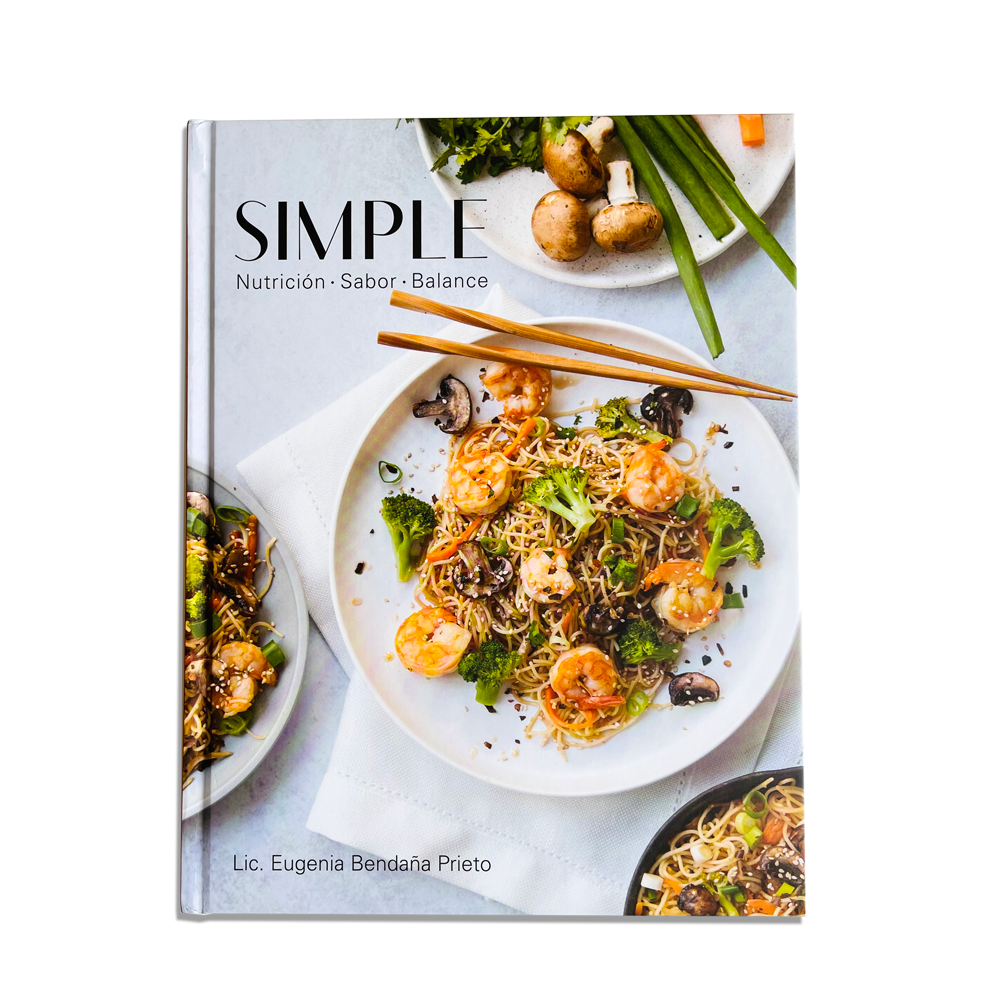¿Cuánto cuesta imprimir un libro de bolsillo de 200 páginas?
Como imprenta especializada, entendemos que el proceso de autoedición puede ser emocionante y abrumador a la vez, especialmente cuando se trata de determinar los costos que implica imprimir su libro. Si es autor o editor y se prepara para lanzar un libro de bolsillo de 200 páginas, esta guía lo guiará a través de las consideraciones y los cálculos clave necesarios para establecer una estrategia de precios eficaz.
Tabla de contenido
1. El papel crucial del precio de los libros en la autoedición
Establecer el precio adecuado para su libro es uno de los componentes más importantes de su proceso de autopublicación. Si bien puede resultar incómodo para muchos autores hablar de cuestiones financieras, comprender los costos asociados con la impresión y la venta de su libro es esencial para alcanzar el éxito. Desde los costos de impresión hasta el precio minorista, cada aspecto juega un papel importante en su rentabilidad general.
Un presupuesto realista no solo te ayudará a cubrir tus gastos, sino que también te permitirá fijar un precio competitivo para tu libro. Sin esta comprensión básica, es posible que tengas dificultades para desenvolverte con eficacia en el panorama de la autopublicación.
2. Factores que influyen en los costes de impresión de libros
2.1 Opciones de impresión y su impacto
Los costos de impresión de su libro variarán ampliamente en función de varios factores clave:
Tipo de papel: La elección del papel afecta significativamente el aspecto y la sensación del libro. Un papel de mayor calidad (como las opciones más gruesas y sin ácido) mejora la durabilidad y el atractivo visual, pero tiene un coste más elevado. Considere cómo afectará el papel a la experiencia del lector.
Método de encuadernación: Las distintas técnicas de encuadernación, como la encuadernación perfecta, la grapa a caballete o la encuadernación en espiral, tienen distintos costos. La encuadernación perfecta es común para los libros de bolsillo, pero puede tener un costo inicial más alto en comparación con los métodos más simples.
Calidad de la tinta: El tipo de tinta que se utilice (en blanco y negro o a todo color) influirá en el coste de la impresión. La impresión a todo color suele ser más cara debido a las tintas adicionales y la configuración necesaria.
Número de páginas: Naturalmente, el número total de páginas de tu libro es un factor importante. Más páginas significan más papel y tinta, lo que aumentará el costo total. Un libro de 200 páginas tendrá un costo significativamente diferente al de un título más corto.
2.2 Consideraciones sobre el envío
El envío es otro factor esencial en los cálculos de costos. Ya sea que envíe copias individuales o pedidos al por mayor, comprender estos costos lo ayudará a presupuestar de manera eficaz. Nuestra calculadora de precios puede ayudarlo a estimar los gastos de envío según el tamaño y el peso de su libro, así como la distancia que debe recorrer.
3. Determinar el precio de su libro
3.1 Precios promedio de venta al público
En el caso de un libro de bolsillo de 200 páginas, el precio de venta minorista promedio suele oscilar entre 9,99 y 18,99 dólares. Este rango de precios se aplica tanto a títulos publicados de forma tradicional como a títulos autopublicados de diversos géneros, incluida la ficción y la no ficción.
En nuestras instalaciones, basamos nuestra estructura de precios en el costo real de la impresión, lo que garantiza que no haya cargos ocultos. Su precio minorista constará de los costos de impresión, los gastos de envío y el margen de ganancia que desea lograr.
3.2 Desglose de los costos de impresión
Para aclarar las cosas, analicemos un ejemplo. Para un libro de bolsillo estadounidense estándar de 200 páginas, el costo de impresión podría rondar los 1,4 millones de dólares. Esta cifra fluctuará en función de diversos factores, como la impresión a color y la cantidad de páginas adicionales. Si utiliza nuestra calculadora de precios, podrá personalizar su proyecto y comprender los costos específicos involucrados.
4. Establecer su estrategia de precios minoristas
4.1 Fórmula de fijación de precios
Al calcular su precio minorista, considere utilizar la siguiente fórmula:
Precio de venta al público = Costo de impresión + Ingresos deseados
Por ejemplo, si el costo de impresión es de $5.54 y usted decide fijar el precio de venta al público en $11.99, su beneficio por libro sería de $6.45. Al vender a través de nuestra librería, usted retiene 80% de esos ingresos, lo que aumenta significativamente sus ganancias.
4.2 Consideraciones sobre el canal
Cuando venda su libro a través de plataformas minoristas como Amazon o Barnes & Noble, tenga en cuenta que estos distribuidores tienen sus propias estrategias de precios, que a menudo incluyen tarifas adicionales. Comprender estas estructuras es esencial para maximizar sus ganancias y establecer un precio competitivo.
5. Estrategias para fijar el precio de tu libro
5.1 Equilibrio entre ventas y ganancias
Existen varias estrategias que puedes adoptar a la hora de fijar el precio de tu libro. Si tu objetivo es maximizar las ventas, considera fijar un precio más bajo para atraer lectores. Por el contrario, si te diriges a un público nicho, puedes optar por un precio más alto para sacar provecho de las menores ventas que puedas realizar.
Investigar las tendencias históricas de precios también puede orientar sus decisiones de fijación de precios. Recursos como School Library Journal ofrecen información sobre los precios promedio, lo que le permite posicionar su libro de manera eficaz en el mercado.
5.2 Entendiendo a tu audiencia
Conocer a su público objetivo es fundamental para fijar el precio adecuado. Si su libro atrae a un nicho de mercado con lectores fieles, puede justificarse un precio más alto. Por el contrario, un público más amplio puede responder mejor a precios más competitivos.
6. Entender las ganancias de los autores
6.1 Modelos de ingresos
Las plataformas de autopublicación generalmente ofrecen a los autores una parte de los ingresos, que suele oscilar entre 50% y 80%. Por ejemplo, al utilizar nuestros servicios, puede quedarse con hasta 80% de sus ganancias por las ventas realizadas en nuestra librería.
Para determinar sus ganancias con precisión, utilice esta sencilla fórmula:
Ingresos netos = Costo de impresión + (Precio minorista – Recorte minorista)
Si su libro se vende a $10 y su impresión cuesta $5, usted ganará $4 por cada venta.
6.2 Factores que afectan las ganancias
Tenga en cuenta que hay otros factores que pueden influir en sus ganancias. Utilizar la distribución global puede generar estrategias de precios mayoristas que pueden incluir márgenes de ganancia. Si vende directamente a través de su propio sitio web, puede quedarse con el 100% de los ingresos, lo que lo convierte en una opción lucrativa para los autores.
7. El papel de los costes de envío
Los gastos de envío son un factor esencial que deben tener en cuenta tanto los lectores como los autores. Si bien estos costos no afectan directamente sus márgenes de ganancia, sí contribuyen al precio total de compra para los consumidores. Asegúrese de tener en cuenta tanto el precio minorista como los gastos de envío para brindar un costo total transparente a sus clientes.
8. Ofreciendo múltiples formatos
Al lanzar su libro, considere ofrecerlo en varios formatos, como tapa blanda, tapa dura y libro electrónico. Ofrecer múltiples opciones aumenta la accesibilidad para sus lectores y puede generar mayores oportunidades de venta.
Al autopublicar, tienes la libertad de establecer tus propios precios, lo que te permite ajustarlos en función de la retroalimentación del mercado o de los cambios en los costos de producción.
9. Simplificación del proceso de fijación de precios
La principal conclusión de esta guía es la importancia de comprender a fondo los distintos componentes que influyen en el precio de un libro. Evite el riesgo de apresurarse a sacar su libro al mercado sin comprender plenamente el panorama financiero.
Infórmese sobre todas las opciones disponibles, incluido el modo en que los costos de impresión, las expectativas de ingresos y los canales de venta se combinan para dar forma a su estrategia de precios. Este conocimiento le permitirá tomar decisiones informadas que beneficien su trayectoria editorial.
6. Conclusión
Imprimir un libro de bolsillo de 200 páginas implica varios costos que afectan significativamente su estrategia de precios. Si comprende las opciones de impresión, los gastos de envío y los modelos de ingresos, puede establecer un precio que no solo cubra sus costos, sino que también maximice sus posibles ganancias.
A medida que avanza en su viaje de autopublicación, recuerde que una investigación exhaustiva y una planificación estratégica son fundamentales. Si se arma con el conocimiento adecuado, podrá gestionar eficazmente sus costos y lograr sus aspiraciones editoriales. Su libro merece llegar a su público y, con el enfoque adecuado, puede hacerlo realidad.
Preguntas frecuentes
FAQ 1: ¿Qué puedo hacer para minimizar mis costos de impresión?
Para reducir los costos de impresión, considere hacer pedidos al por mayor, seleccionar opciones de papel estándar y utilizar la impresión en blanco y negro para libros con mucho texto. Evaluar diferentes opciones de encuadernación también puede generar ahorros significativos.
Preguntas frecuentes 2: ¿Cómo puedo establecer un precio minorista competitivo para mi libro?
Investiga títulos similares dentro de tu género para obtener información sobre los precios habituales. Utiliza datos históricos, como los precios promedio de fuentes como School Library Journal, para orientar tu estrategia de precios y asegurarte de que refleje el valor de tu libro.
FAQ 3: ¿Cómo afecta la venta en diferentes plataformas a mis ganancias?
Las distintas plataformas de venta tienen distintos modelos de reparto de ingresos. Las ventas directas a través de su sitio web le permiten quedarse con todas las ganancias, mientras que las plataformas minoristas pueden quedarse con un porcentaje de cada venta. Asegúrese de calcular sus posibles ganancias de acuerdo con los términos específicos de cada plataforma que elija.
Impresión de libros
Nuevos productos
Último blog
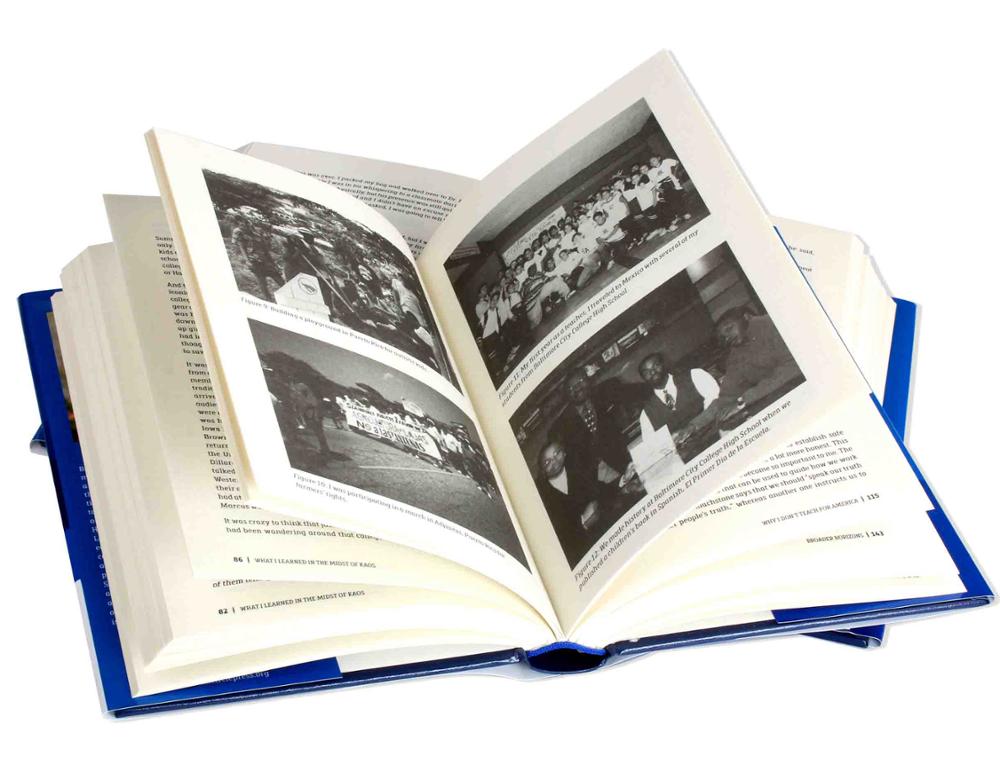
¿Cuáles son las cosas buenas de los libros impresos?
Al crear un libro infantil, cada elemento es importante, especialmente la elección del papel. Seleccionar el tipo de papel adecuado puede mejorar el aspecto del libro.

¿Cómo la impresión redujo el costo de los libros?
Ya sea que sea un aspirante a autor que planea imprimir su primera novela, una empresa que prepara un catálogo de productos o cualquier persona que necesite una impresión profesional de libros,

¿Cuánto cuesta imprimir un libro?
Cuando se embarca en un proyecto de impresión de libros, una de las primeras preguntas que se plantean los autores y los editores es: ¿cuánto cuesta imprimir un libro? El coste de la impresión de un libro puede variar mucho en función de numerosos factores, como el tipo de libro, la cantidad de copias,
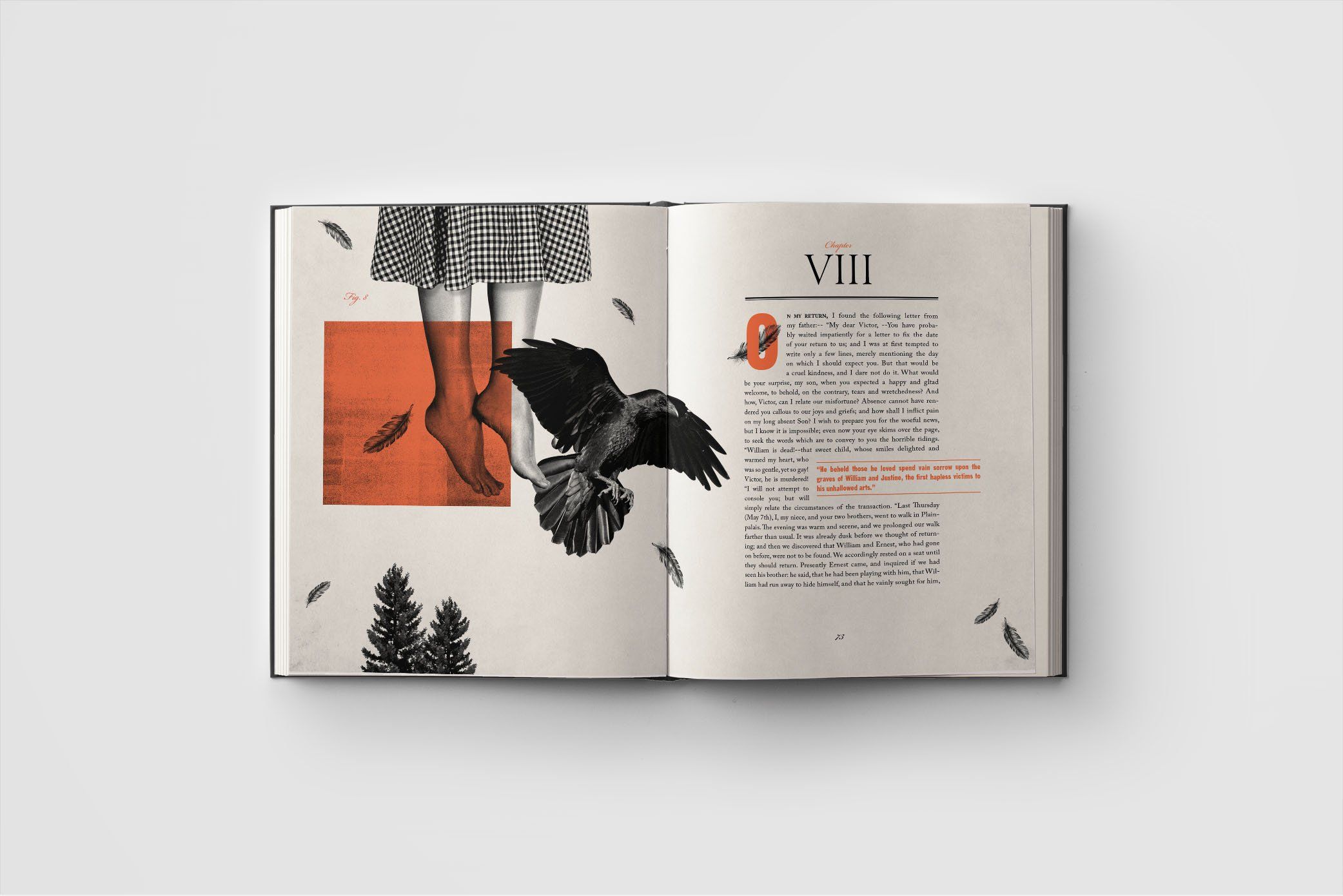
¿En qué país es más barato imprimir libros?
Elegir dónde imprimir un libro puede ser una decisión importante, especialmente para aquellos que buscan equilibrar costo, calidad y conveniencia.
Contáctenos
- +86 13946584521
- info@booksprinting.net
- 8:00 - 22:00 (lunes a domingo)
Comentarios
Blog relacionado
Encuentre las últimas tendencias y conocimientos comunes en el negocio de la impresión de libros.
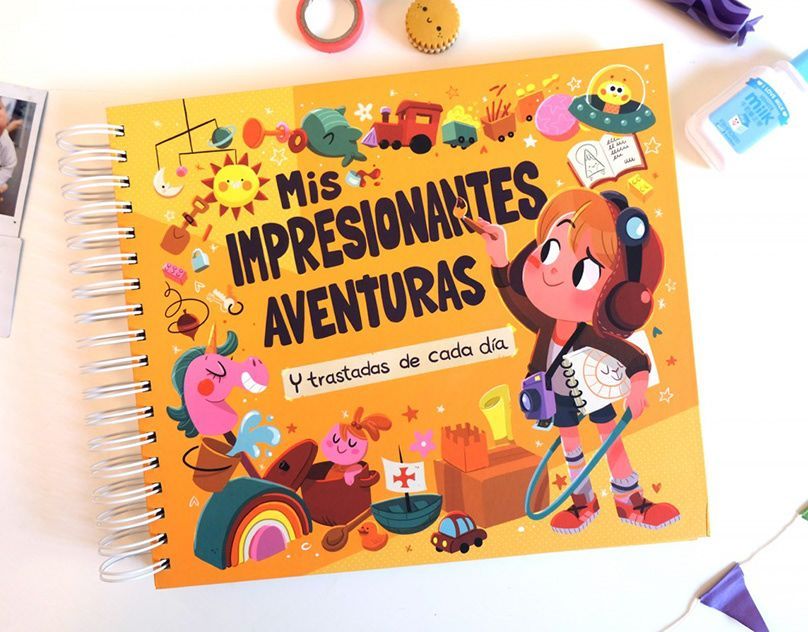
¿Cuánto cuesta imprimir un libro para colorear?
¿Es usted un artista o autor ansioso por transformar su idea creativa de libro para colorear en un producto tangible?

¿En qué país es más barato imprimir libros?
Elegir dónde imprimir un libro puede ser una decisión importante, especialmente para aquellos que buscan equilibrar costo, calidad y conveniencia.
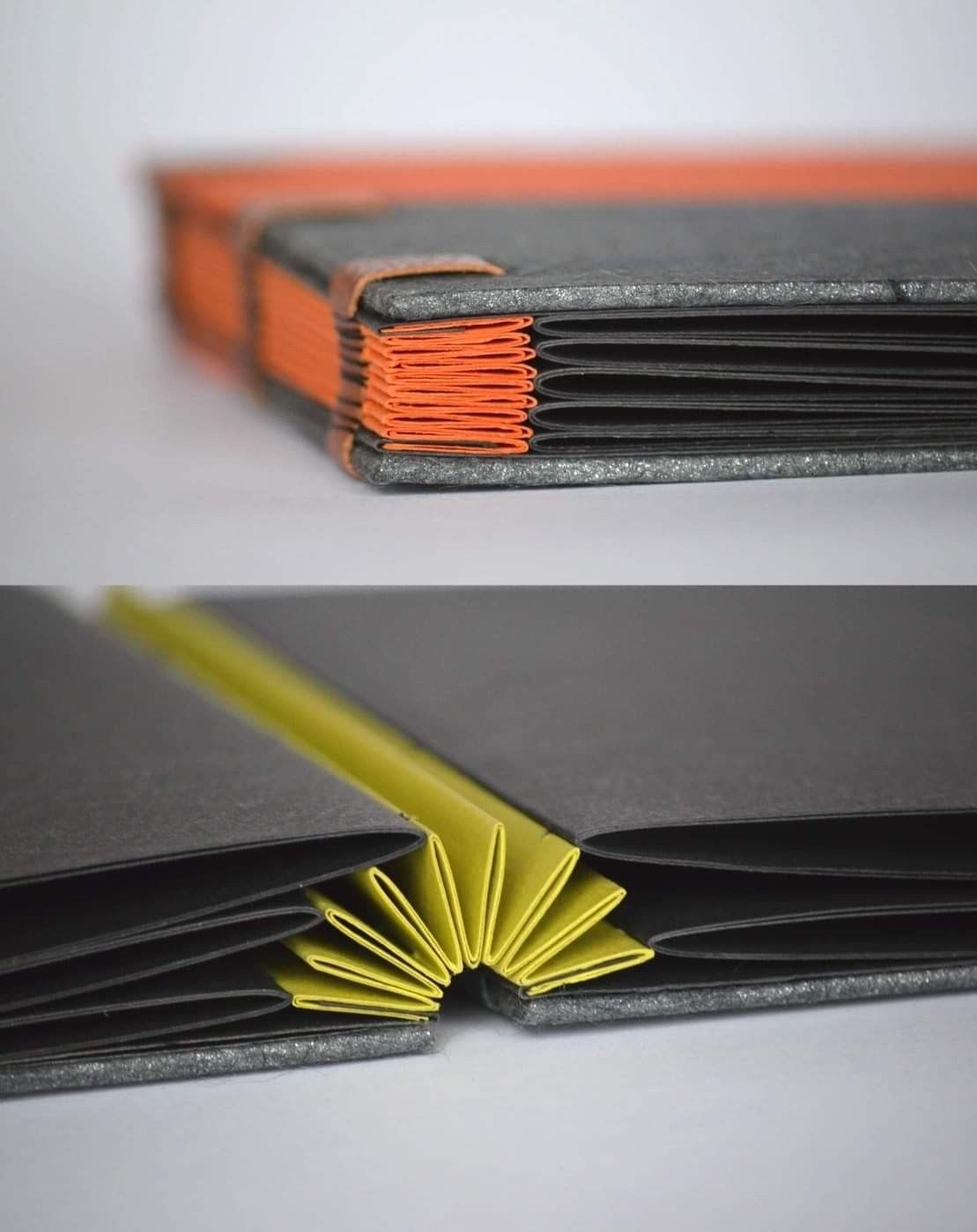
Por qué la encuadernación perfecta es la mejor opción para la impresión de libros y revistas
Si se está adentrando en la autoedición, una de sus principales preocupaciones será encontrar opciones económicas para la impresión de libros.
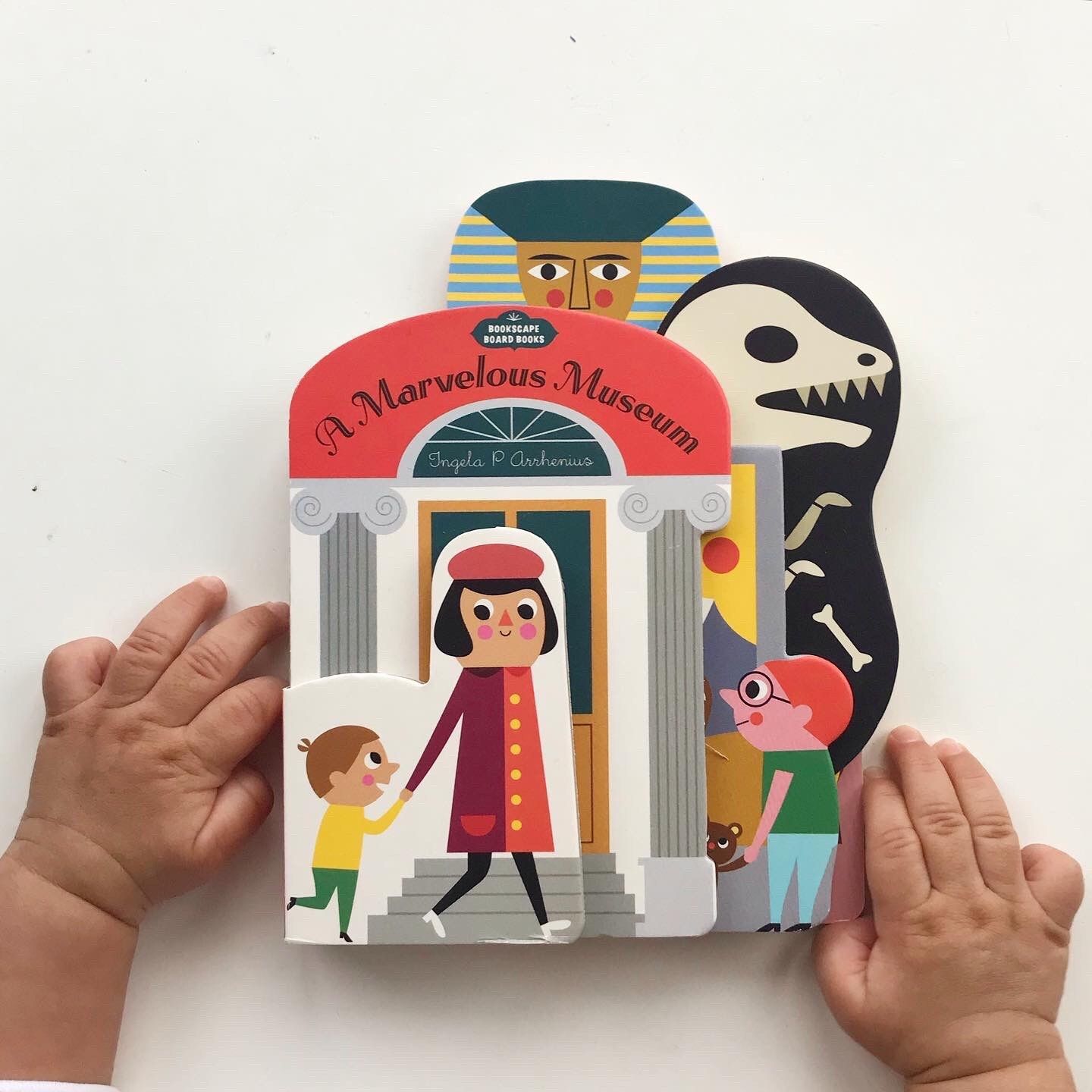
¿Cuál es la diferencia entre un libro de cartón y uno de tapa dura?
Cuando se trata de publicar literatura para lectores jóvenes, seleccionar el formato de impresión adecuado (ya sea un libro de tapa dura o de cartón) juega un papel crucial para satisfacer las necesidades específicas de su audiencia.

